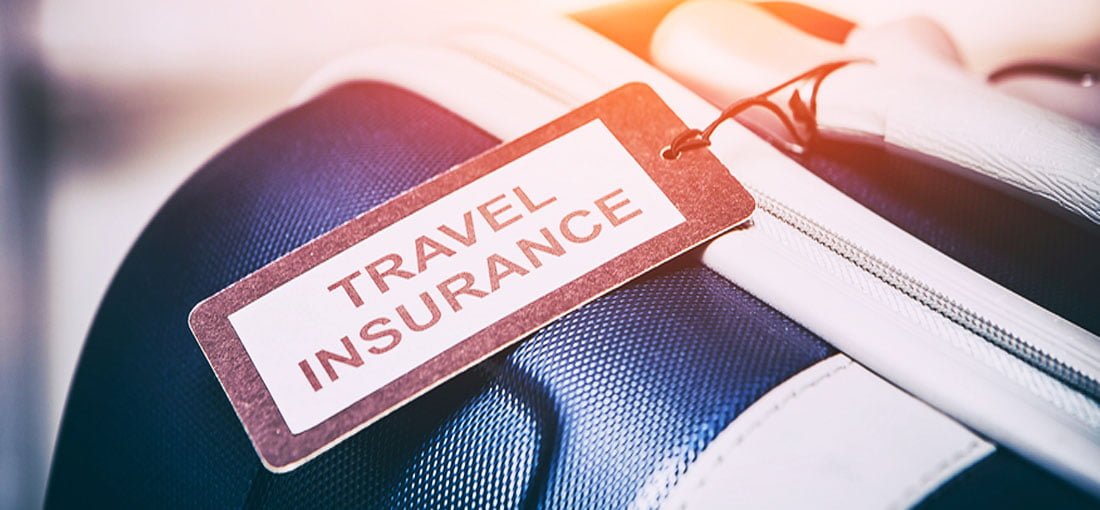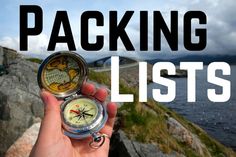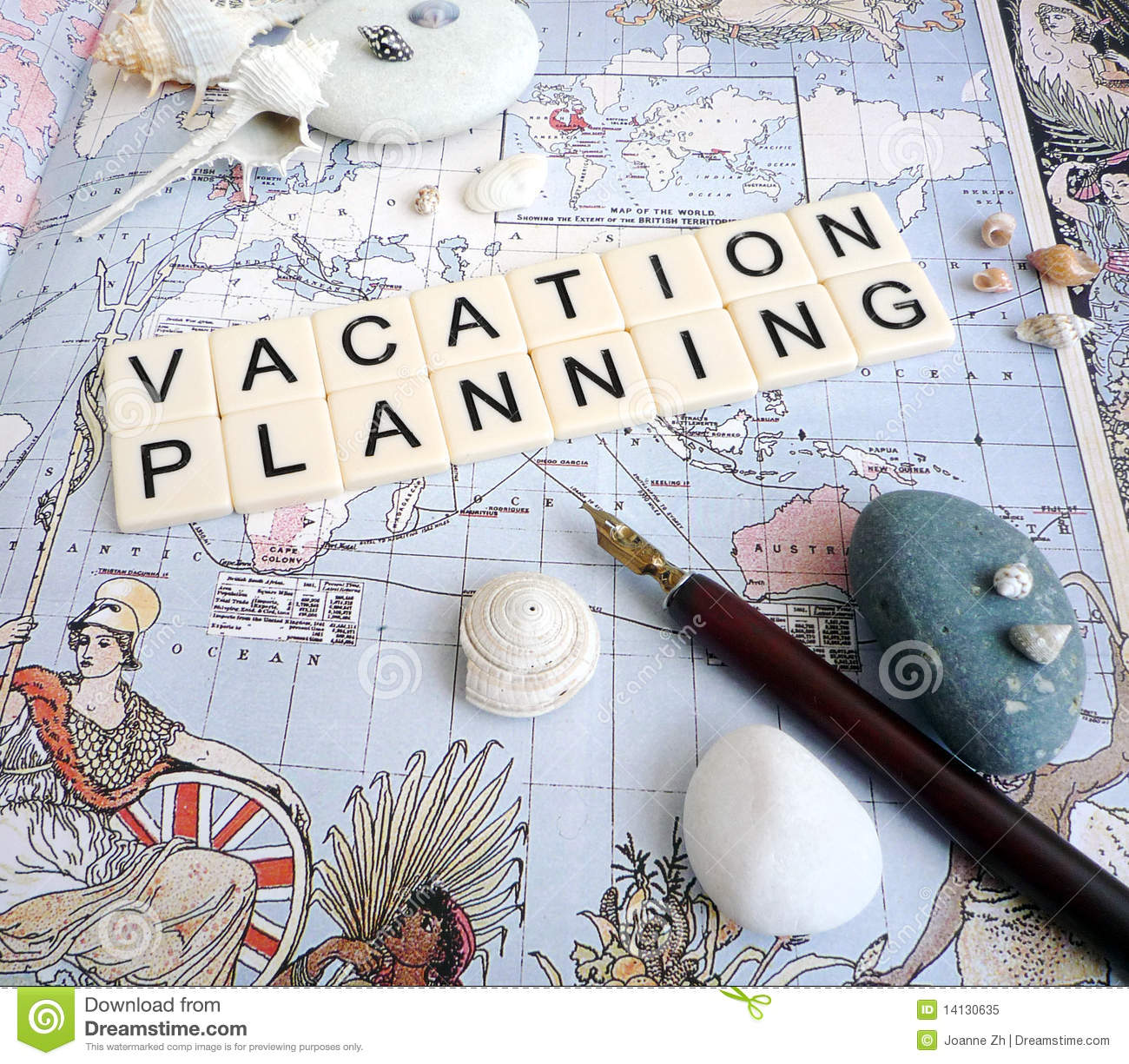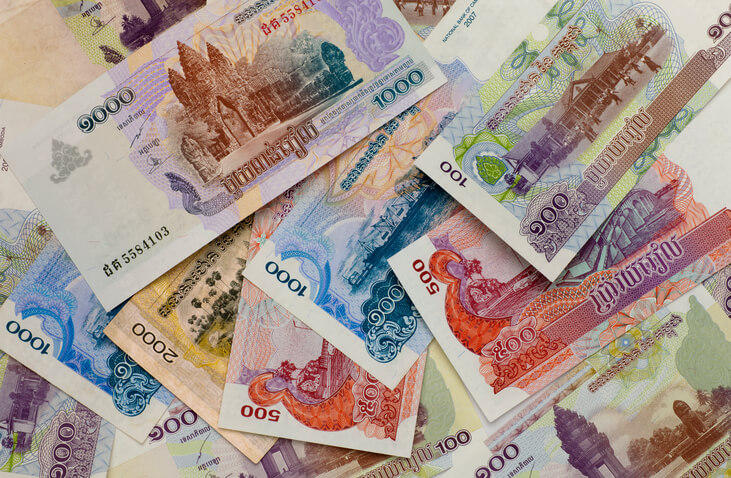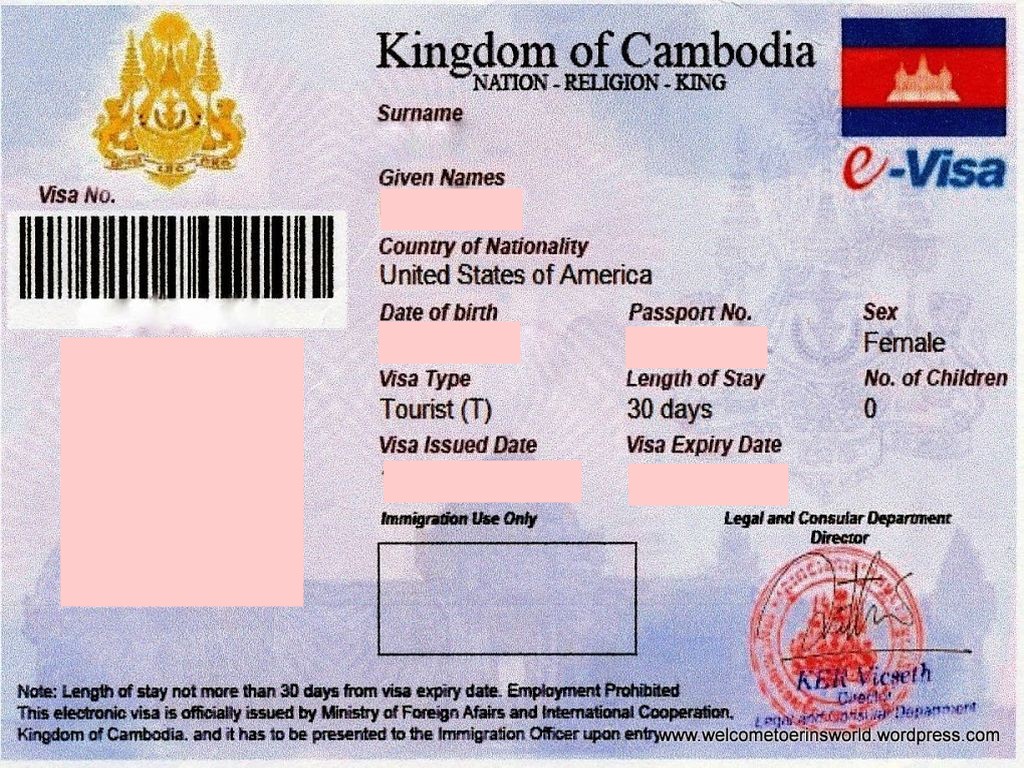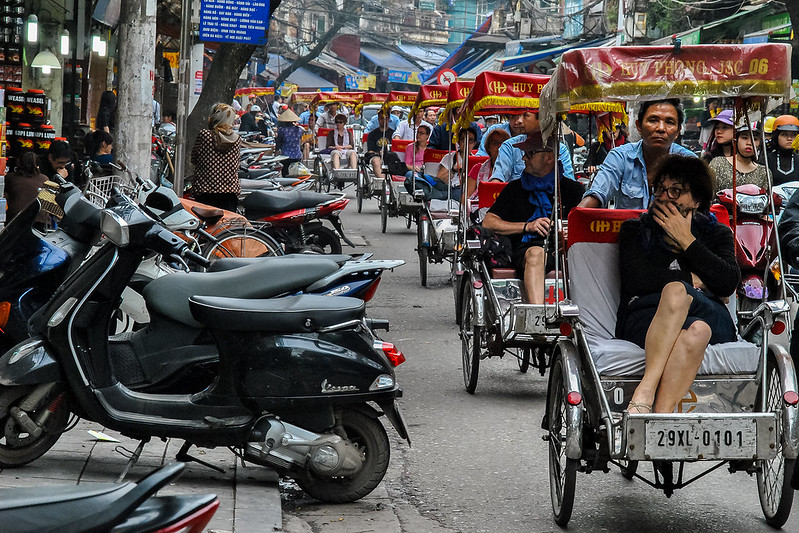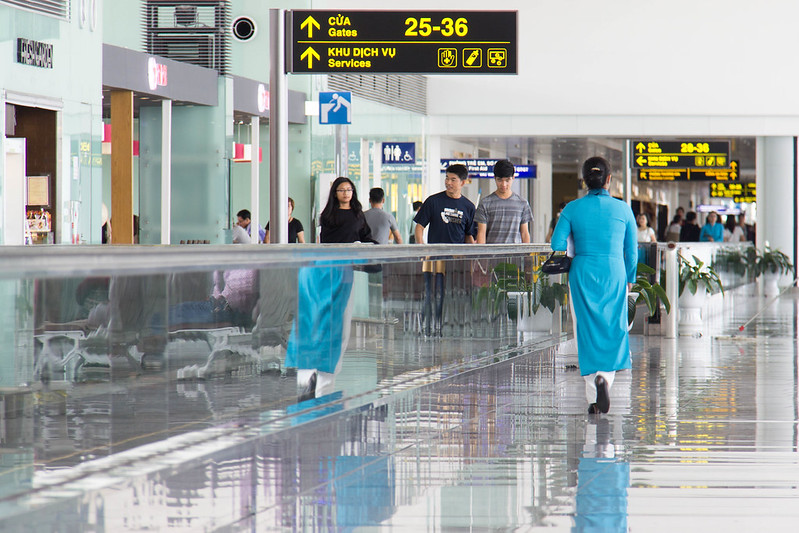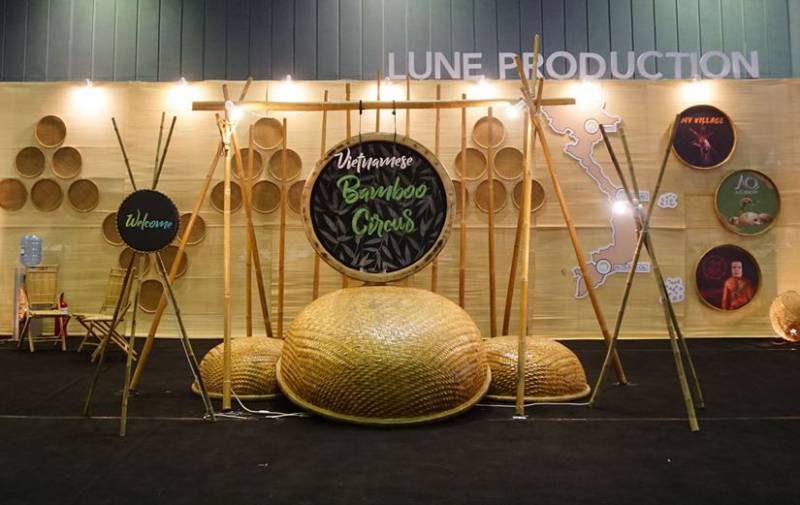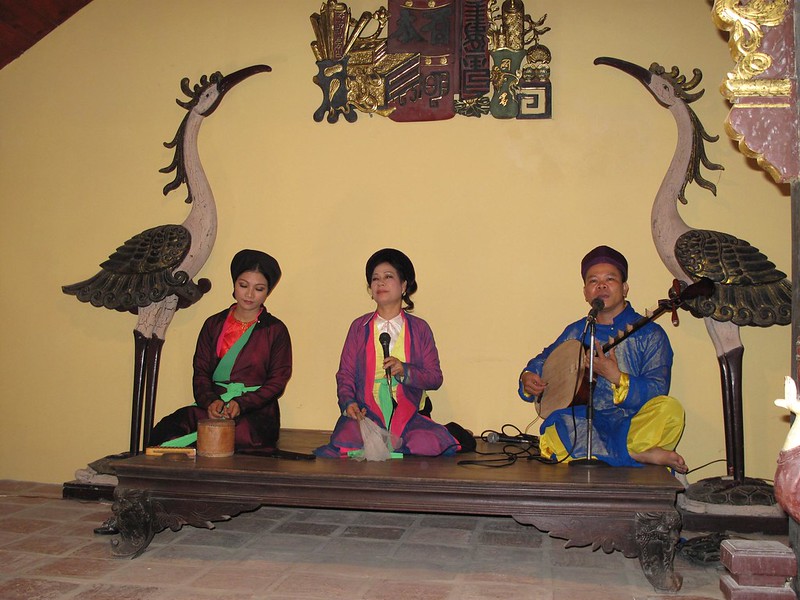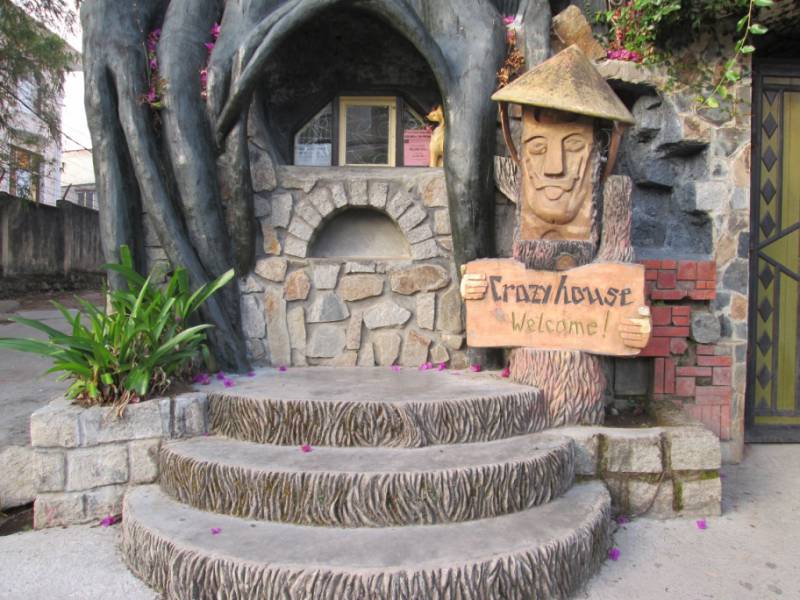That said, it is just as easy to spend $10 a night as $1,000 a night, and while you can burn through money in beautiful bars and world-class restaurants, the region is famous for its affordable street food and drink. The choice is really yours.
While it's obvious that you need to budget for your accommodation and food, don't forget to factor in sights and activities, some of which can be on the pricier side. Things like learning to dive on Ko Tao, `spending a week kiteboarding at Mui Ne, three nights at the Gibbon Experience in Laos, a volcano climb on Lombok, a food walk in Hanoi or a three-day Angkor Wat pass aren't insignificant if you're on a tight budget. They can add up fast and should be included in your back of the envelope trip-costing.
Transport costs can also Pac-Man through your wallet. A low-cost flight isn’t always all that low cost, a night train here and there can add up, and you may occasionally want to just grab a cab/hire a car/charter a longtail...
Small daily costs for sundries like an extra morning coffee, a bottle of water (better to take a refillable water flask, both for the environment and your wallet's sake), postcards (yes, people do still use them) and toiletries should also be part of your plan.
Keeping all of this in mind, we’ve broken costs into five broad brackets. Bear in mind these are just generalisations you can take as a starting point.
Backpacker
You’re planning on being in shared dormitory-style accommodation for most of your trip, you’ll be travelling by local ground transport where possible, not travelling more than every three days, not boozing excessively and eating street food most of the time. You’ll be doing some activities along the way, but skipping some as they’re just going to blow your budget. You’re most likely on the longest trip of all these groups. You’re on a budget so tight that your behaviour can sometimes be a bit embarrassing to others—it is never okay to try and bargain down a plate of food, okay?
Flashpacker
You’ll have your own room most of the time, often though not always with air-con. When you’re choosing a beach bungalow, you really need to be able to see the ocean, even just a bit. You’ll be travelling mostly on the ground, but you’ve got a few flights factored in here and there because your time versus money relationship is pretty close to parity. You’re fine with street food but have been known to stray into a Starbucks or McDonalds in foreign countries without being overcome with shame. You don’t mind a tipple at the end of the day, and you’re not worried about ordering wine and cocktails rather than the cheaper beer.
Midrange
You like a bit more space in your room, a few more facilities and you like the option of room service for those days you’re just going to take a holiday from a holiday. Your hotel room might even have a clean bath. You are in the beachfront room on the beach and like a big TV in your room. WiFi obviously. An overnight bus? I thought you said this was a holiday—flight please. While you’ll dapple in street food, it is more as a curiosity. You like the occasional spread in a nouveau Asian bistro and you love the snazzy stylish cocktail bars of Bangkok and Singapore.
High-end
You don’t bother with the standard and superior rooms on online booking sites. You’re looking for a room with a view, but it could be equally from a skyscraper hotel or a boutique jungle-set property. Experience nearly always trumps cost. You’re making frequent use of domestic and regional flights and airport transfers are an obvious convenience. Your trip may be a little shorter than those on more of a budget—the candle burned at both ends does burn faster, after all. You’re dedicated in your tastes for fine dining and you plan to sample the best the region has to offer.
Luxury
You find Southeast Asia to offer amazing value at the luxurious end of the holiday stick. Your suite (not room) has a personal butler and each of the restaurants at your lodgings offer their own views. You’re especially interested in hiring private local experts to show you an insider’s view on the destination. You’re flying and wouldn't know what the inside of a long-distance bus looked like. You'd plan to have a candlelit dinner at Angkor Wat if only it was still possible, you’re on a high-end live aboard in eastern Indonesia and, well, you’re the experiential money-is-no-object traveller.
Where will your money go?
Except for the long haul flight to get to Southeast Asia, accommodation will most likely be the biggest expense for all but backpackers (who will probably spend slightly more on food and drink than on dorm beds and beach shacks).
The cost of accommodation, especially at the budget end, can vary a lot within a single country. Dorm beds in fancypants hostels are often not the deal they seem, with simple single rooms in otherwise forgettable properties frequently asking a similar (or lower) price. Many budget hotels and guesthouses in Southeast Asia cannot be booked online, so just because you cannot find any rooms online, it doesn't mean rooms aren't available.
In a typical hotel, the cheapest rooms will be windowless and fan-cooled, with shared cold-water bathroom facilities; for a little more they will have air-con. Rooms will then progressively improve as the price goes up—adding a bathroom, a window, hot water air-con, more size, a balcony and so on—not necessarily in that order. A property may offer some rooms online and keep its better rooms for direct sales. Note a room with a window and a balcony may be street facing; on a busy street in a big city, this is not necessarily a good thing.
Street food is invariably the cheapest way to eat in Southeast Asia and should form at least a part of anyone’s culinary journey through the region. Local food in simple shopfront restaurants will cost more and the prices will edge up as the surrounding trimmings improve; before you know it you’ll be breaking out the credit card for a dish you could literally buy for a few dollars on the street.
International fare will cost more again. American breakfasts (ABFs) are invariably bad value and should be skipped for a breakfast outside. Western-style coffee shops (Gloria Jeans, Starbucks and so on) may offer a comfort-food hit, but they’ll also hit your wallet—hard. A morning Starbucks coffee every day for a week in Thailand equates to a night in a flashpacker guesthouse.
In most countries, alcohol will be the easiest way to blow a budget, especially in Indonesia and Malaysia, where it is relatively expensive, and less so in Vietnam and Cambodia, where it is particularly cheap. Ordering a single glass of wine or a cocktail at a restaurant in Bali can easily double the price of a meal. In Cambodia meanwhile, beer can be cheaper than bottled water.
The more you travel, the more you spend, and not factoring in the cost transport can be a big oversight in budgeting. Especially with regards to flights, don’t be taken in by the low-cost flight label—yes the flight itself may be relatively cheap, but the costs of getting to and from the airport add up and, of course, buying anything to eat or drink at any airport brings with it a significant surcharge.
If you’re on a relatively short trip and your stay dates are set in concrete, keep an eye out for sales by low-cost carriers and buy your tickets early for significant savings. We’ve paid as little as $80 and as much as $400 for Bali to Bangkok return on the same carrier (AirAsia), with the cheaper tickets purchased well in advance. There is less scope for discounting on bus, train and ferry tickets, all of which can also often be purchased online, but tickets do run out as trains and ferries fill up. As with flights, if you know when you are going to be travelling, then there is no harm in booking in advance.
What will your trip cost
Select which of the price brackets you’re most likely to fall into and multiple by the number of days in your trip. So let's say you have a three-week backpacker holiday made up of:
Thailand: 10 days at $30 per day
Laos: 7 days at $25 per day
Cambodia: 4 days at $20 per day
Then it is a simple case of math: (10*30)+(7*25)+(4*20)=300+175+80=$555
That $555 should be taken as a rough figure, which you may spend a little over or under on. Let's say you like to finish your day with four large ice cold beers, then that’s going to add (roughly) another $10 a day to your budget in Thailand, and $5 in Cambodia and Laos—that’s another $100+$35+20=$155.
We’re not necessarily suggested four large beers at the end of the day is a good idea (for your budget or your girth) but the more honest you are with yourself about what you are likely to spend money on, the more likely you are to come up with a semi-accurate figure of what you are going to be spending daily, which in turn decides what your trip is going to cost, which, you guessed it, determines how much you will need to save.

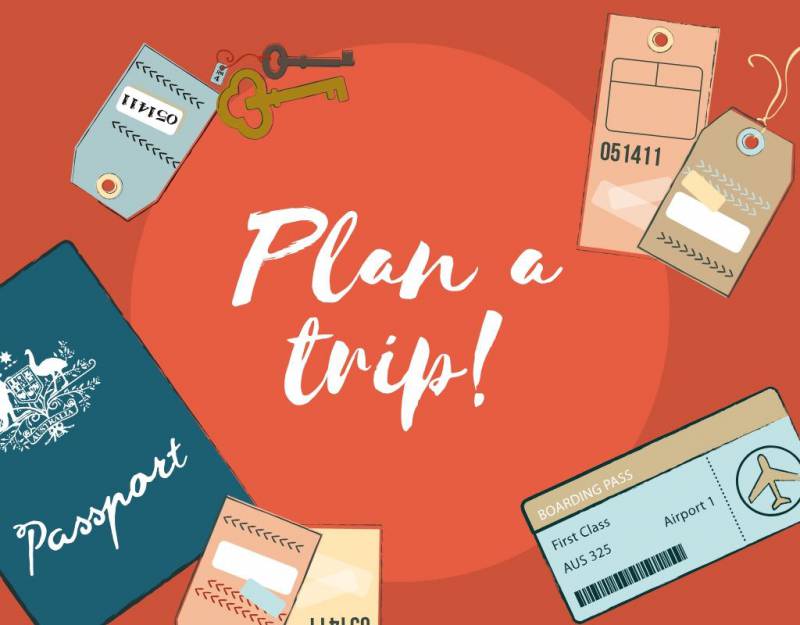
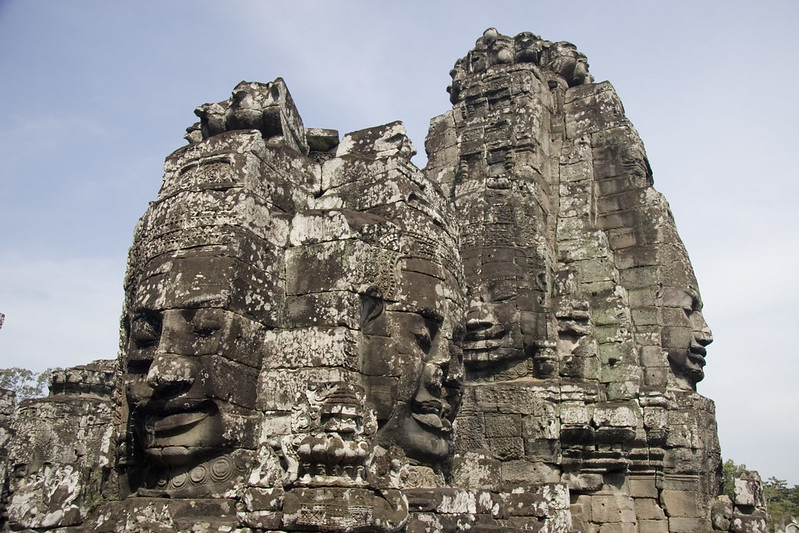
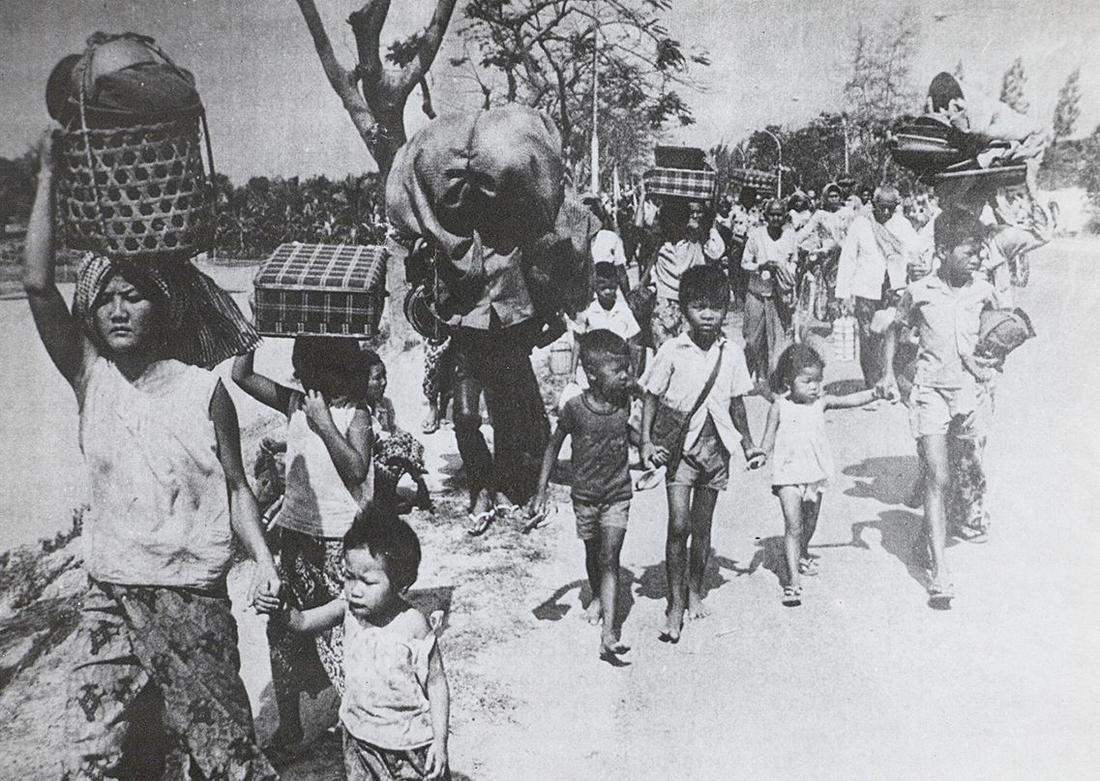
.jpg)
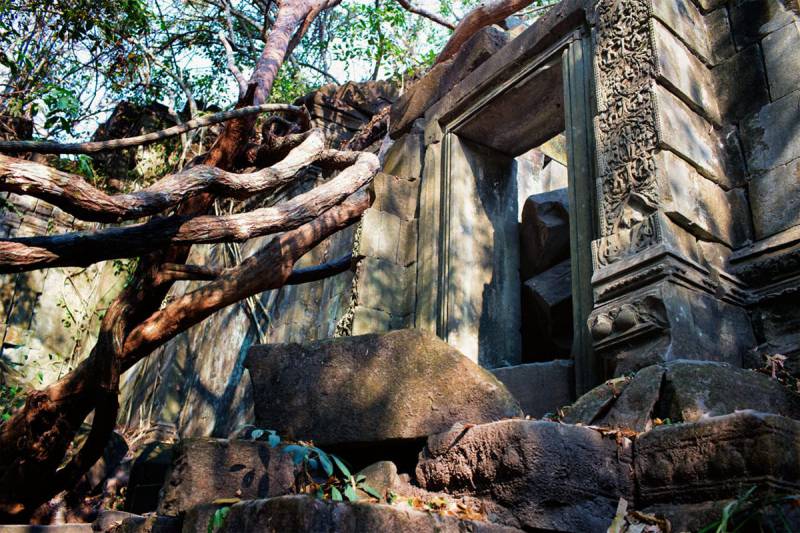
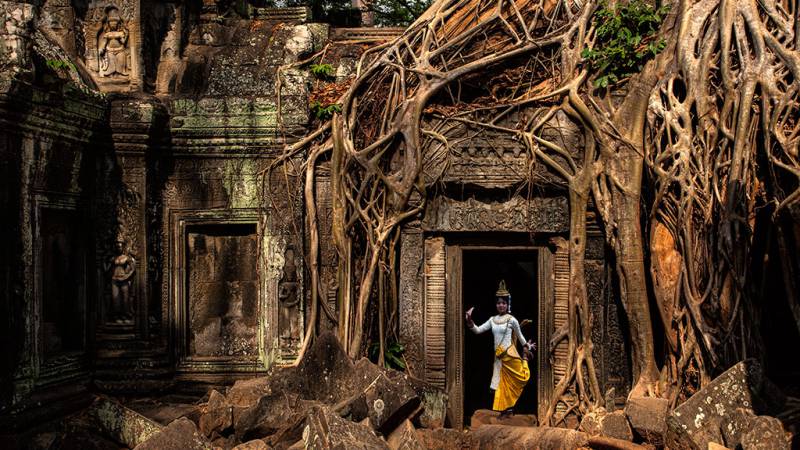
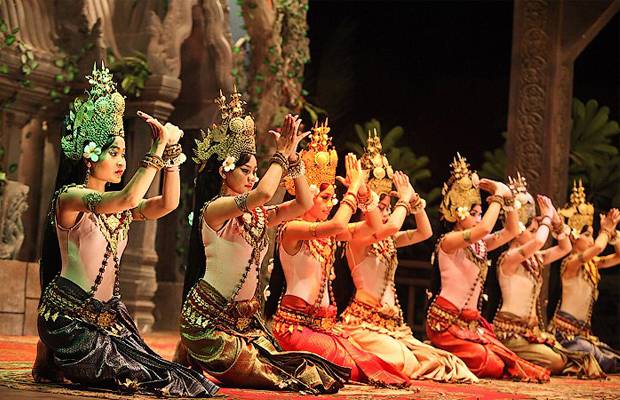
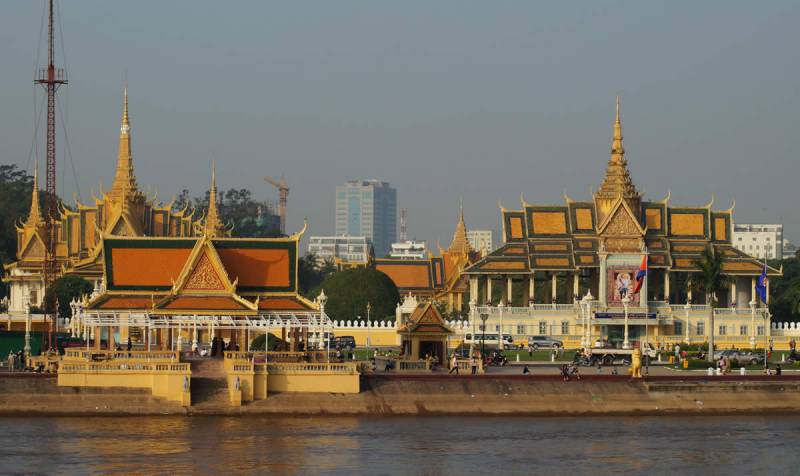
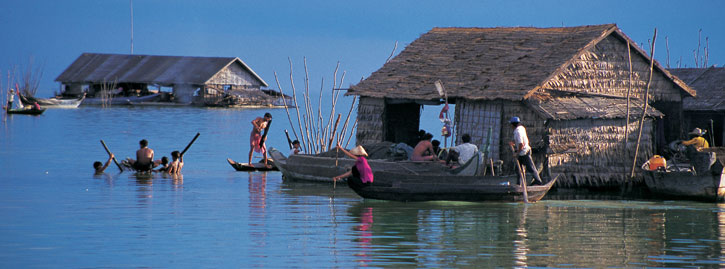
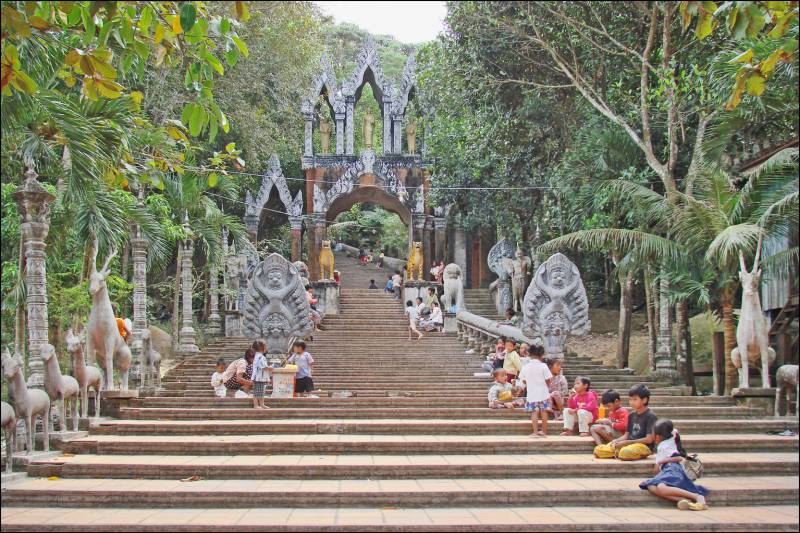
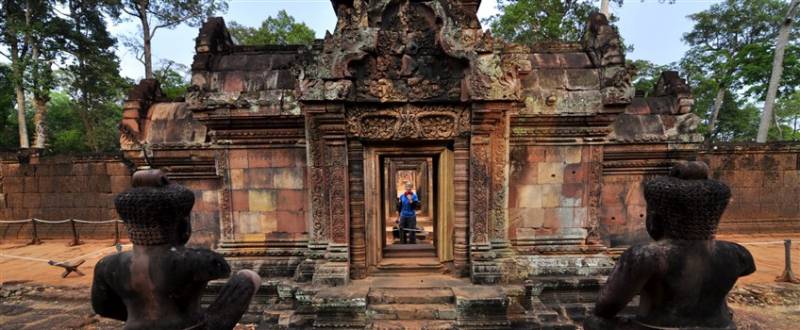

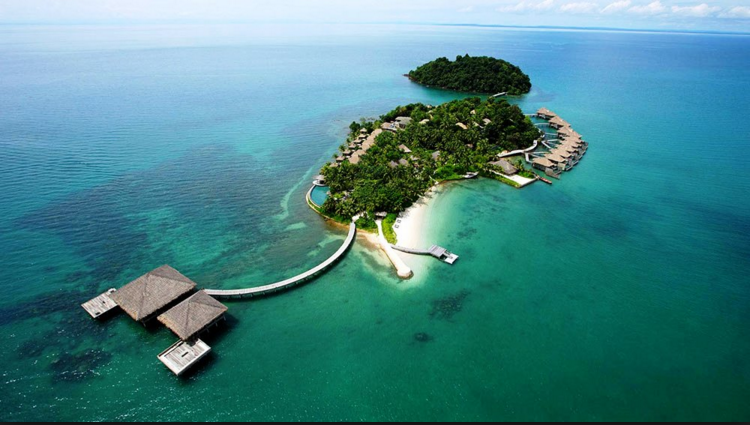
.png)
